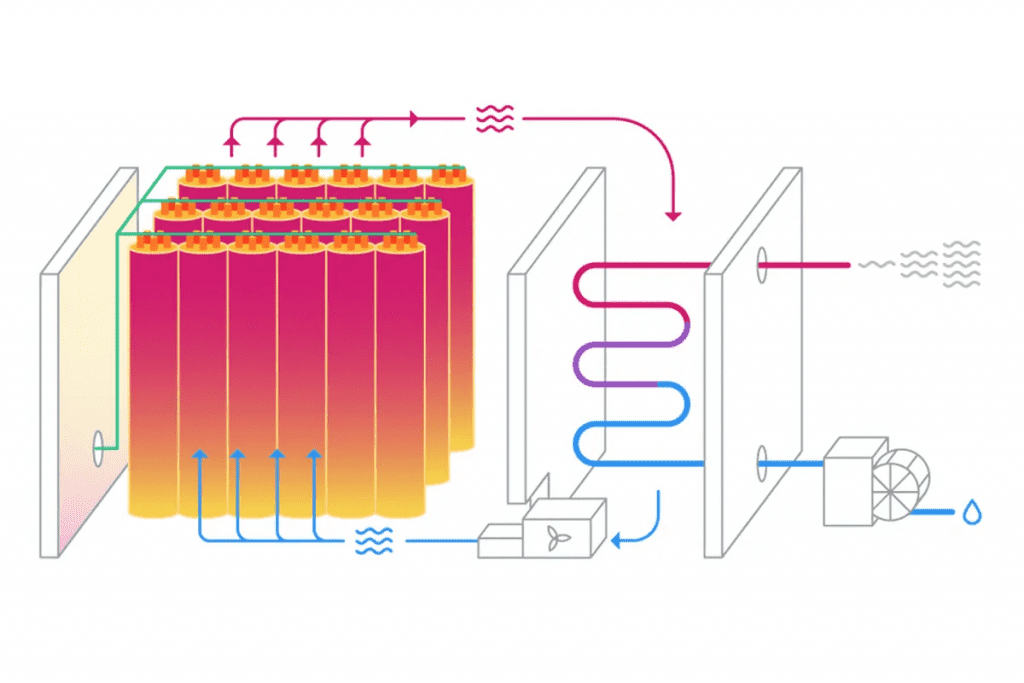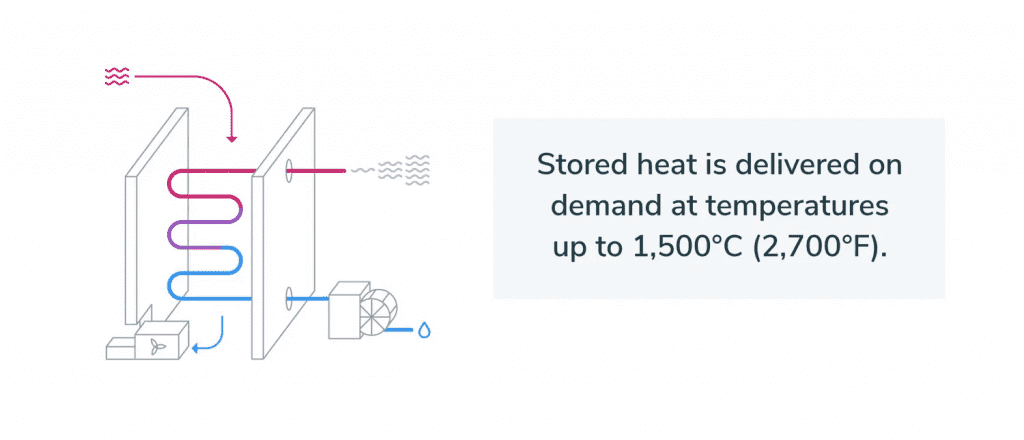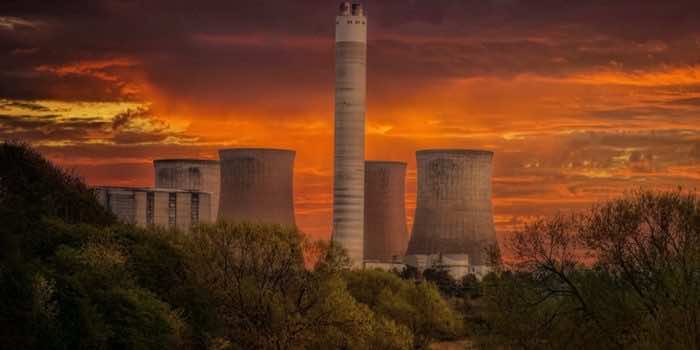Rondo Energy has come up with its brick-toasting heat storage device so cheap and efficient that it makes decarbonization an instant no-brainer across a huge range of industries.
“We’re at a spectacular moment in history,” Rondo CEO John O’Donnell told the Wharton Current podcast. “Where on a per unit of energy cost basis, wind, and solar power are cheaper than fuels. Not just cheaper than conventional electricity, but cheaper than fuel for heat in most of the world – headed for all of the worlds.”
“This ain’t rocket surgery; converting electricity into heat is something that happens at 100% efficiency every time you turn on your toaster or hairdryer”, says O’Donnell. Rondo uses a simple toaster-style system to heat up “blast stoves,” like the ones the steel industry already uses for cyclical heat storage. These stoves are full of plain ol’ bricks, made from plain ol’ clay, sometimes with a bit of sand in there, but certainly nothing special in terms of materials. Nothing toxic, nothing that decays over time. These bricks will still be storing heat just as well in 40 or 50 years’ time, when chemical batteries have gone through several generations of complex recycling.”

The first generation of Rondo brick toasters are optimized for low cost, super-fast deployment and scale, and can tolerate temperatures up to 1,500 °C (2,732 °F), which O’Donnell says can cover approximately 80% of industrial heat requirements globally.
Rondo’s first customers, he says, have zero interest in being “green” or advertising their decision. “Today, electricity through a Rondo unit driving an industrial process in Saudi Arabia is one-half the cost of oil-fired heat… straight up economics, solar PPA prices vs fuel prices,” he said.

On the other hand, arbitrage only works where a supply/demand imbalance exists. If Rondo’s idea is upscaled, industrial demand for intermittent renewable energy could go high, turning price dynamics upside down.
The company has investments on board already, including Bill Gates’s Breakthrough Ventures. “Breakthrough have tremendous technical depth,” said O’Donnell. “They do sector analysis; they make multiple bets in sectors they consider to be critically transformative. They don’t invest in anything that isn’t going to deliver at least a 1% reduction in world emissions. And by the way, on our rollout, we think we hit 1% of world emissions in under a decade, and 15% in 15 years. Which sounds nuts, until you look at the scope of the demand, the availability of the primary materials. And you know, if we’re even half right, the economics are overwhelming.”


